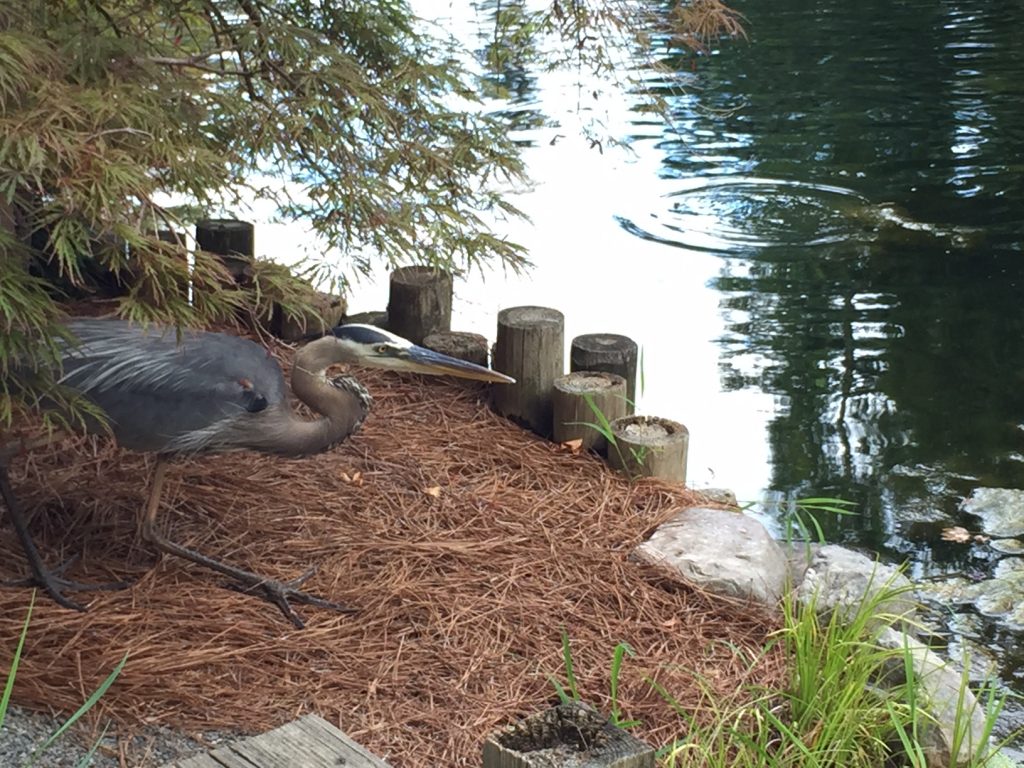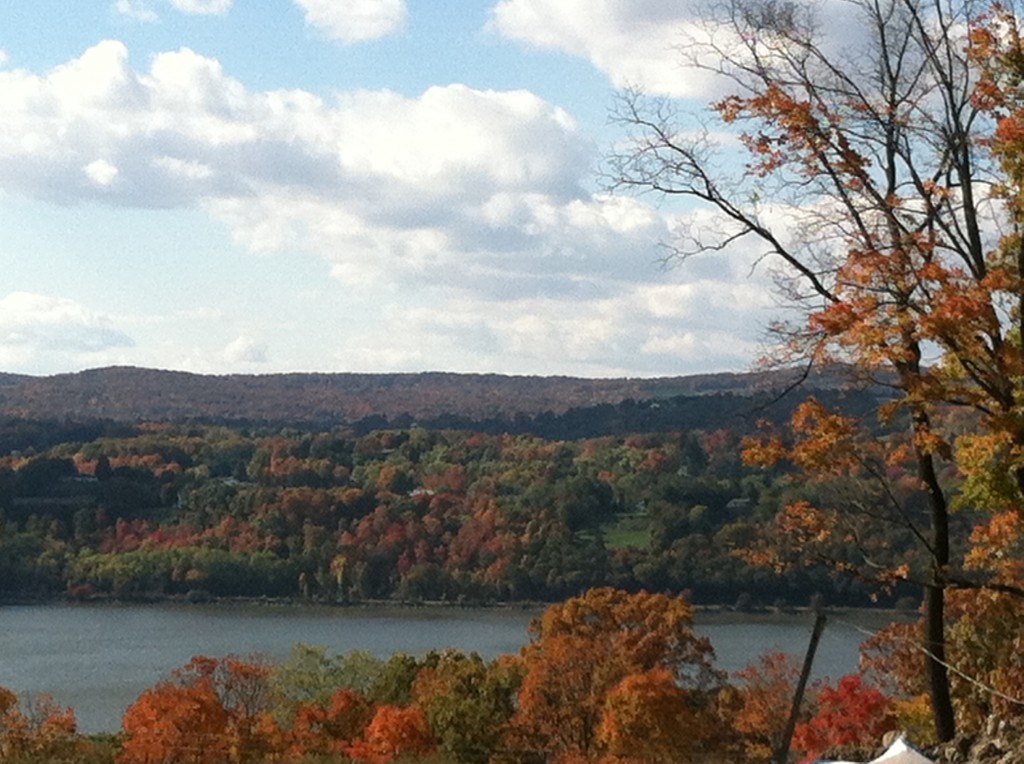February 2008
As Buddhists, we are encouraged to spend a lot of time contemplating the impermanence of all phenomena and, in particular, the inevitability of our own death. We realize that if we are going to reach enlightenment, we had better get started right now! There is not a moment to waste. Our opportunity might end before this paragraph is over—by death, disability, or a life-changing phone call—and if we don’t attain mental freedom in this lifetime…we will have to do the whole thing over again, all the confusion and suffering, lifetime after lifetime, sort of a cosmic version of the movie Groundhog Day.
In retreat, I am learning how to harness this quickly passing time and make it work for my benefit as long as it lasts. I won’t be able to transpose this lesson entirely into my post-retreat life (assuming I live that long), but I think I am learning a few valuable tricks. Mostly they have to do with habitual patterns I wasn’t even aware of.
Retreat is an exact inversion of my previous agenda. I would plan for everything else in my life, and maybe even program in a daily slot for some meditation, but in general, Dharma practice was reserved for whatever free time I had left at the end of the day…unless I wanted to watch a dvd…or read the New York Times online…or chat with a friend on the phone, or attend a really important meeting, etc,. pretty much ad infinitum. In short, not much time for Dharma practice at all!
In retreat, it is all about Dharma practice. We have four meditation sessions a day, beginning at 4:00 a.m. and ending at 8:30 p.m., for a total of more than 8 hours of solitary practice in our rooms, plus additional practice to finish up each session after it officially ends, totalling over an hour; plus 4 hours of group chanting practices—in short, 13 hours of scheduled practice daily: that’s five more hours than a full-time job. Everything else has to be fit into the spaces between practice sessions—that includes eating, sleeping, exercise, showers, laundry, brushing your teeth, getting dressed or undressed, cleaning your room, communal chores, dealing with pieces of paper, writing letters, studying, reading, getting out for some fresh air, etc.
At first it seemed completely impossible—on most days we have less than two hours of unscheduled time, most of it in increments of 15 minutes or less, in which we have to fit all of the above activities and anything else we might need to take care of. And most breaks are usually just enough time to visit the bathroom, get a cup of tea, adjust clothing, and take care of any preparation that’s needed for the next session. (There’s an additional hour and a half of “free” time after lunch, but it is usually taken up by work or classes. There’s also an hour after the 8:30 p.m. gong—but it includes a half hour of follow-up practice, and anyway I am toast by then and just go to bed as soon as possible.)
If it sounds grim: it’s NOT! It’s quite wonderful to wake up every morning and live the same day over again, a day devoted almost entirely to the very thing I thought I most wanted to do and considered the most important before, but never found time for. Every day is Groundhog Day in retreat … with the potential to get it right every day, and still do it all over again the next.
An additional benefit: I have become an efficiency expert. I plan in minutes and seconds; I know precisely how long most things I have to do take, when pared of most of the thoughts, daydreams and spacing out that fill up so much time in our ordinary lives. I shower in five minutes flat, get dressed in about a minute, eat in ten, wash my dishes in one. If I find myself in the basement with my toothbrush in my hand and my tea cup empty one minute before I’m due formally dressed in the shrine room (2 floors up) to begin the 6:00am chanting session…no sweat! I fill my cup from the perpetual hot water pot, dash up the stairs, put my toothbrush away, put on my zen (monastic shawl) with all the folds properly in place (or, occasionally, not), grab my mala (prayer beads), turn off my light, and make it upstairs just before the shrinekeeper sounds the first, wrathful blast of the conch.
An interesting and previously unsuspected thing about time: when your mind is really focused, time becomes spacious. Five minutes to spare now seems generous and relaxed; a minute or 30 seconds is enough time for any number of things, without rushing. It turns out, there is plenty of time for Dharma practice (13 hours a day!) if inessential activities are eliminated and others reduced to the minimum time actually needed to do them.
Of course, I have a much simpler life now than I did outside retreat: no shopping, errands, medical appointments, family and social obligations, or income to produce, and most meals are prepared for us. Those things do take up a lot of time, so it wouldn’t be possible to spend 13 hours in formal practice in my ordinary life. But I hope I will find a lot more time when I go back to it than I did before. One less movie is two more hours of meaningful time; 5 minutes less in the shower adds up to over 30 hours in a year. And what do I really get from browsing the political commentary in the New York Times, besides more spinning thoughts?
The more time we have for meditation and Dharma study, the quicker we will start to deactivate the habitual patterns of thought and perception that keep us confused and in pain. The Vajrayana path says complete mental freedom can be attained in this very lifetime, if we play our cards right.
So… enlightenment…or a long, hot shower?


